If you’re looking for a cost-effective way to improve your off page SEO efforts, gain high-quality backlinks, and get media exposure, Help a Reporter Out (HARO) should be on your radar. This powerful platform connects journalists with sources, creating opportunities for businesses like yours to get featured in reputable publications.
In this guide, we’ll cover how HARO (Help a Reporter Out) works, how small businesses can use it effectively, and even explore some Help a Reporter Out alternatives.
What Is Help a Reporter Out (HARO)?
Help a Reporter Out is a free platform that matches journalists looking for expert insights with sources who can provide them. When you respond to relevant queries, you have the chance to be featured in articles on high-authority websites. This can lead to:
- Valuable backlinks for SEO
- Brand credibility
- Increased website traffic
How HARO Works
- Sign up as a source at helpareporter.com.
- Receive daily emails (typically three per day) listing journalist queries.
- Scan queries quickly to find topics relevant to your expertise.
- Craft professional, concise responses tailored to the journalist’s request.
- Get featured if your pitch is selected.
Pro Tip: HARO operates on speed and relevance. Journalists often choose from the first strong responses they receive, so timeliness matters.

Why Small Businesses Should Use HARO
For small businesses, HARO provides a rare opportunity to earn visibility without heavy spending:
- Authoritative backlinks strengthen your site’s SEO.
- Press mentions increase credibility in your industry.
- Media exposure builds trust with potential customers.
- Networking with journalists can lead to future opportunities beyond the initial story.
Unlike paid campaigns, HARO results have a lasting impact because earned media stays online and continues generating value over time.
Step-by-Step Guide: Using HARO Effectively
1. Set Up Your Profile Professionally
Include credentials, experience, and relevant contact info.
2. Scan Queries Daily
Act fast—journalists often work on tight deadlines.
3. Craft Expert Responses
- Keep it concise.
- Add unique insights.
- Include a short bio and link.
4. Track Results
Use tools like Google Search Console or Ahrefs to see backlink growth.

Best Practices for HARO Success
- Respond quickly—speed can be the deciding factor.
- Be concise—avoid long, rambling responses.
- Match tone and relevance to the query.
- Follow instructions carefully—some journalists request specific formats.
- Don’t over-promote—value first, promotion second.
Help a Reporter Out Alternatives
While HARO is an excellent platform, diversifying your media outreach can increase results. Consider these alternatives:
- Qwoted – Similar to HARO, with a searchable database of journalist requests.
- SourceBottle – Popular in the U.S., Australia, and the U.K.
- Help a B2B Writer – Ideal for B2B-focused content opportunities.
- Terkel – Curated queries with a more selective application process.
Testing multiple platforms can expand your reach and create more backlink opportunities.
Final Thoughts
Help a Reporter Out is an excellent, cost-effective way to gain media coverage, earn quality backlinks, and build brand authority. Whether you stick to HARO or explore alternatives, consistent, high-quality responses can generate visibility that drives real business growth.
FAQs
Q: Is Help a Reporter Out free?
A: Yes, HARO offers a free subscription. There are also paid plans that provide advanced filtering and keyword alerts.
Q: How often should I check HARO emails?
A: At least once per email release—morning, afternoon, and evening—for the best chance to respond quickly.
Q: How long should my HARO pitch be?
A: Keep it concise—generally 150–300 words, focused on answering the query directly.
Q: What makes a HARO pitch stand out?
A: Provide clear, unique insights, maintain a professional tone, and address the journalist’s request without filler.
Q: Are there good alternatives to HARO?
A: Yes. Platforms like Qwoted, SourceBottle, Terkel, and Help a B2B Writer can expand your opportunities.

